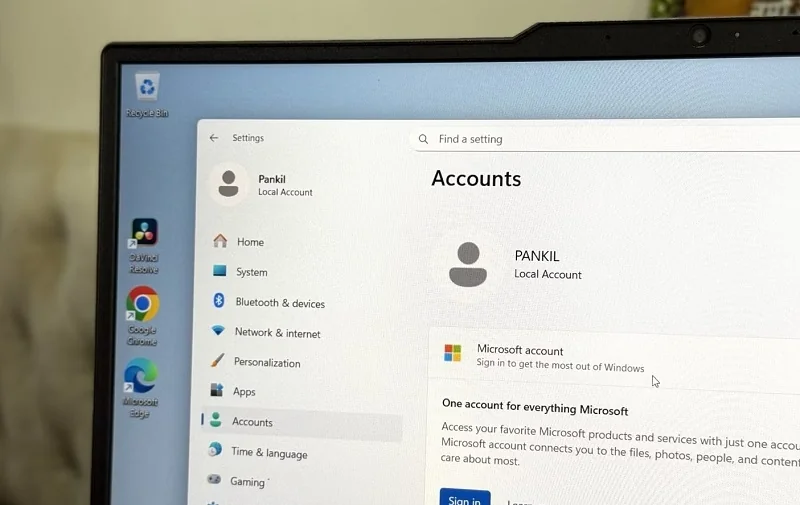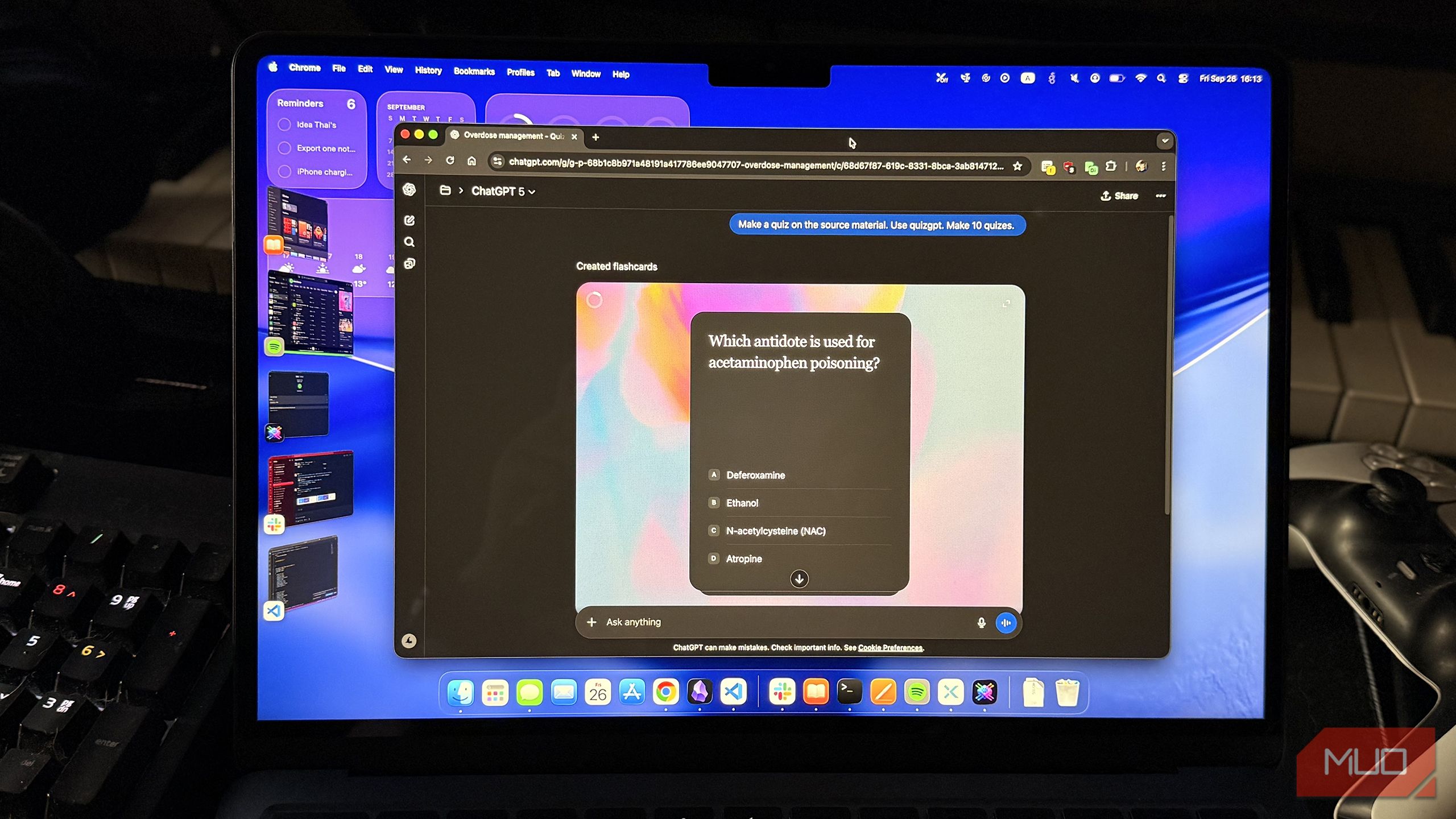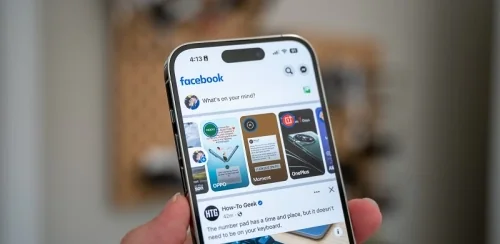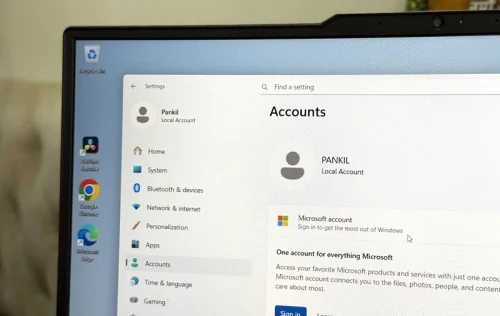I tried using my Windows PC with a local account but it didn’t last very long
While setting up my new Windows PC, I chose a local account for privacy. The idea was simple: no Microsoft account tracking and full control over my device. But once I started using the PC, the cracks began to show, and I realized just how different a local account is from a Microsoft account.

Features I took for granted, like Copilot, cloud backups, and automatic syncing of settings, suddenly disappeared. Even using my favorite Microsoft apps became unnecessarily complicated. What felt like freedom at first slowly turned into a series of small frustrations and ultimately forced me to revert to a Microsoft account.
Limited access to Microsoft apps and AI-powered features
Apps you love don’t work unless you sign in
One of the first things you notice after switching to a local account is how limited the Microsoft Store suddenly feels. Without a Microsoft account signed in, you can’t simply hit the download button on any app or game and have it install seamlessly.
Apps and games with mature content or region restrictions require a Microsoft account to verify your age or location. Plus, if you want to purchase a paid app or game, you need to sign in, which makes sense for payment and licensing reasons.
Likewise, if you use Microsoft's built-in apps like Phone Link, Clipchamp, or the Office suite, a Microsoft account is required. On top of that, nearly all AI-powered features in Windows 11 stop working when you switch to a local account. So, it makes little sense to go fully local, especially if you depend on these tools and features every day.
Can’t sync data across devices or use passkeys
Say goodbye to seamless setup and easy logins
Share
What's Your Reaction?
 Like
0
Like
0
 Dislike
0
Dislike
0
 Love
0
Love
0
 Funny
0
Funny
0
 Angry
0
Angry
0
 Sad
0
Sad
0
 Wow
0
Wow
0








